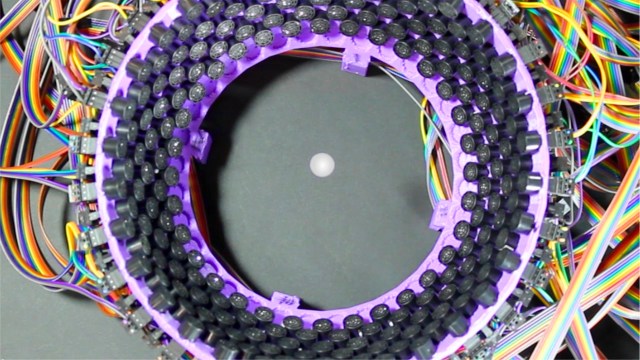LIGO’s Greatest Discovery Almost Didn’t Happen
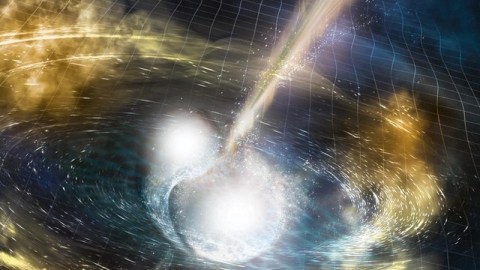
The neutron star-neutron star merger was initially only seen in 1 detector out of 3. Here’s how scientists didn’t let it slip away.
On August 17th, 2017, a gravitational wave event unlike any other showed up in one of the LIGO detectors: at Hanford, WA. Just a few days prior, the first black hole-black hole merger with all three detectors running — LIGO Livingston, LIGO Hanford, and Virgo — was detected. This time, a new event was recorded, but instead of having 1–2 seconds of data, the significance lasted over a minute. With a false alarm probability of only one-in-300 billion (3 × 10^–12), an alert went out to everyone on the team. But LIGO Livingston, which had come through every time before, showed nothing. Without a signal in all detectors, there was no “event” to declare. Without confirmation, this would merely go down as a false alarm.

Fortunately for us, scientists are passionate about what they do, and don’t simply leave the results up to computers or automated algorithms. Two minutes after the alert went out, what’s known as an “omega scan” came back, showing a new kind of event consistent not with black holes, but with a neutron star-neutron star merger. The inspiral-and-merger phase, along with a gravitational “chirp,” was clearly visible, even to the naked eye. According to LIGO scientist Salvo Vitale, who saw the signal himself:
I saw the omega scan from Hanford, and saw that there was a clear chirp signal, which I remember thinking is ridiculous, because we never thought we’d see anything in an omega scan from a binary neutron star merger … But this [one] was so loud that we saw it too!
And then the long-hoped-for news came in: NASA’s Fermi satellite, designed to measure gamma-rays, the highest-energy form of light in the Universe, had seen something. Less than 2.0 seconds after the LIGO Hanford signal arrived, a short-period gamma ray burst (sGRB) was seen by their observatory. It had long been theorized that neutron star-neutron star mergers would provide a potential origin story for sGRB events, and now, with a gravitational wave detection corresponding to one, we had the first tantalizing evidence.
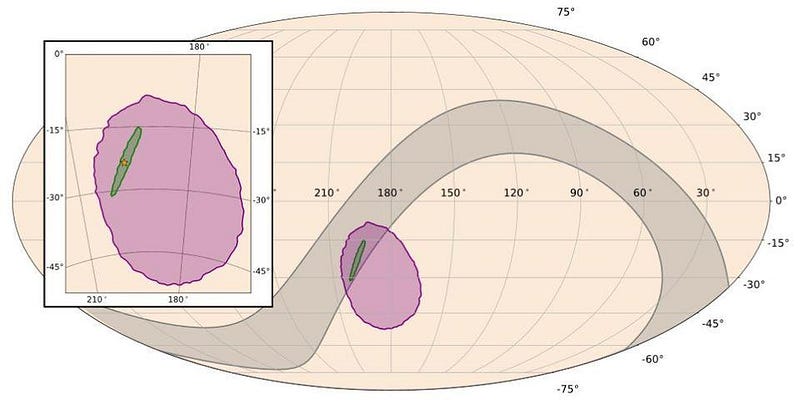
It seemed to be working out great. Hanford had seen the gravitational wave evidence of the merger, then the first evidence of the corresponding electromagnetic signal, theorized to be generated in the aftermath, was observed. It was just as expected: inspiral, smash, heat up, radiate. There was only one problem: Livingston hadn’t seen anything.

This was especially puzzling because LIGO Livingston was, just as Hanford was, running in science mode. For each of the previously detected events, if a signal was triggered in one, it was triggered in the other. Yet this time, for the most important discovery of all, Livingston had seen nothing. Incredibly, a junior LIGO scientist named Reed Essick had an inkling that it could be an incredible coincidence. A few times a day, each of the detectors will “glitch,” where a transient event will induce a large amount of noise in one of the detectors. These aren’t astrophysical-based signals, but sources of terrestrial interference. They last only a fraction of a second, but the LIGO detectors are sensitive to them. To prevent false alarms, glitches are automatically identified and vetoed.
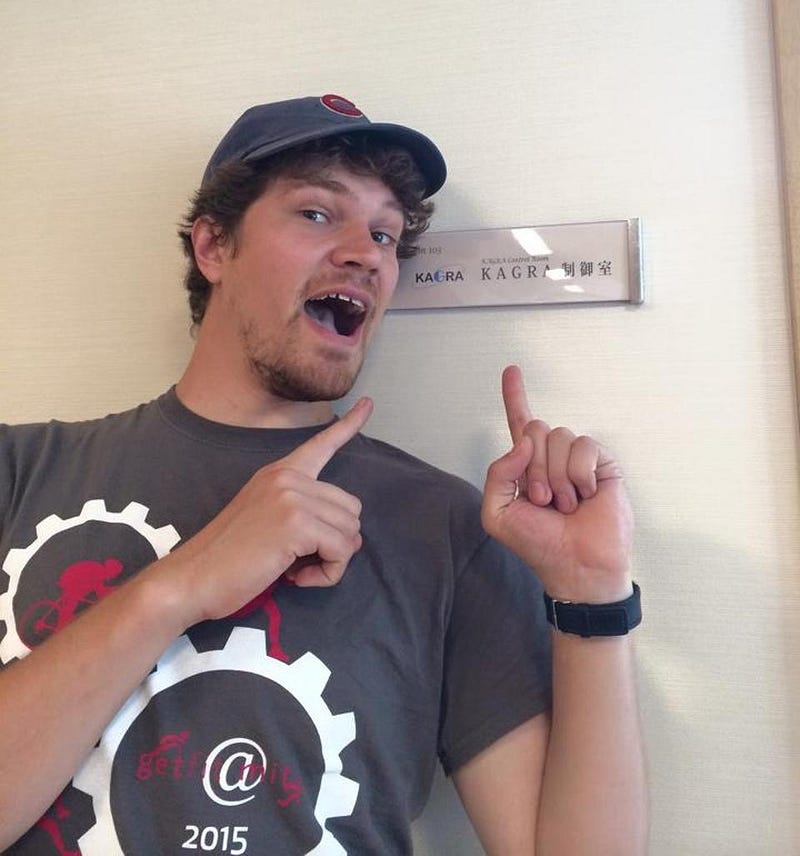
Going through the data by hand, Essick examined the time series that would be coincident with the Hanford event. Sure enough, right on schedule, an enormous glitch, with only 1-in-10,000 odds of occurring, was found right at the critical moment. It’s only because there are scientists so thoroughly invested in the outcome of LIGO that they will manually go through the data, even rejected data, to try and find the counterpart to single-detector alerts.
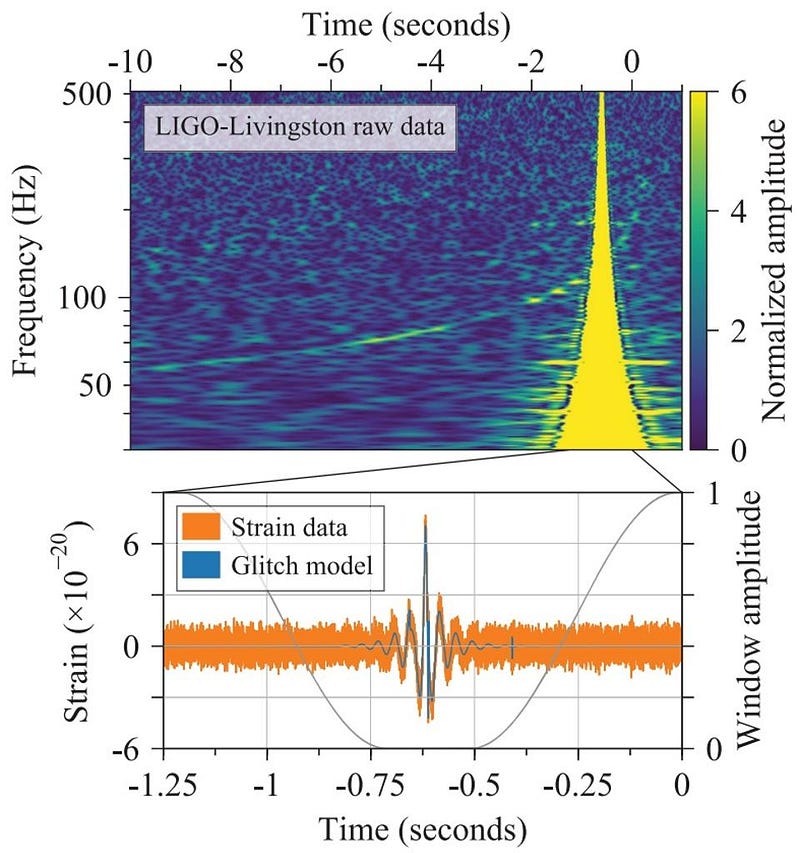
According to Matt Evans, another member of the LIGO collaboration:
The glitch looks really terrible on the scan. But the truth is, it’s large in amplitude and short in time, so it wouldn’t ruin our ability to do any science on it.
With the completed reanalysis, the two LIGO detectors had now both robustly detected an unambiguous gravitational wave signal, of neutron star-caliber masses, periods, and properties, rather than black holes.
So why didn’t the Virgo detector see it?
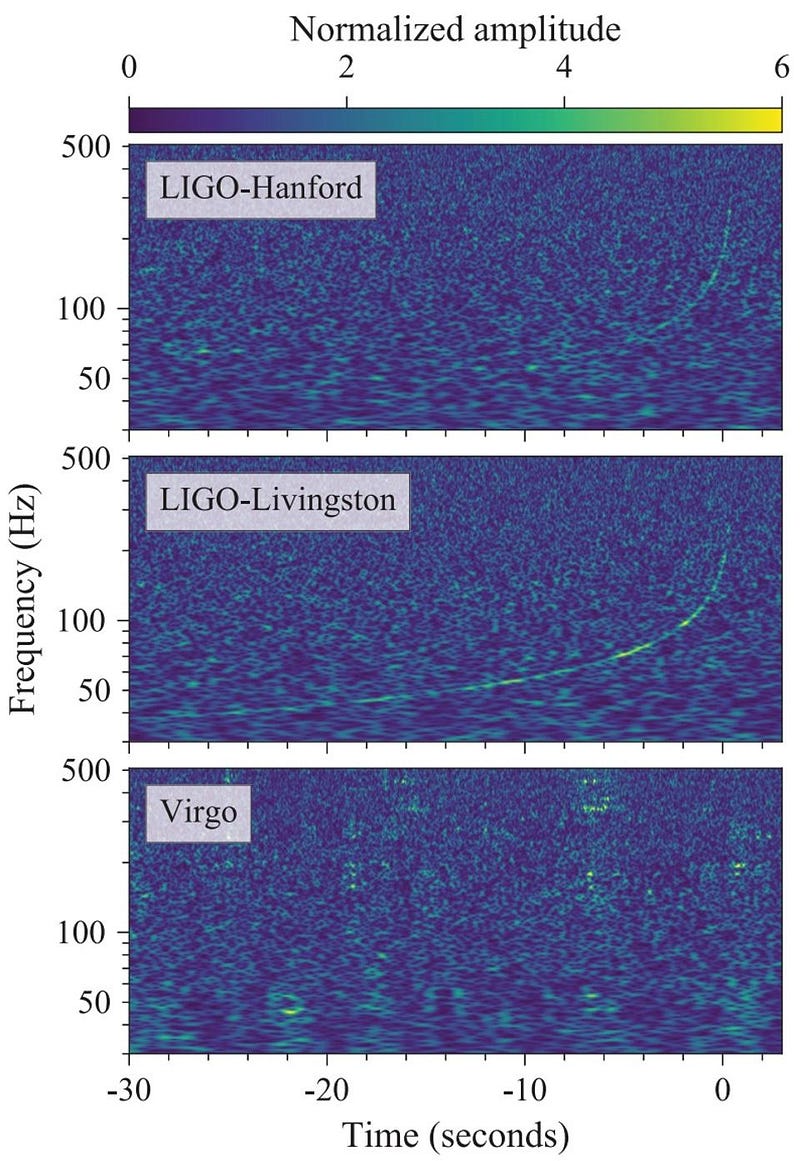
Every gravitational wave detector has a few different “blind spots,” where a signal originating from a particular orientation in space won’t show up in the detector. Gravitational waves, these ripples in spacetime, cause the fabric of space to expand-and-contract in a particular, coherent fashion. From almost anywhere in the sky, a signal can be reconstructed, as the incoming waves cause the detector arms to lengthen-and-shorten in an observable manner.

But because of the quadrupolar nature of gravitational waves, and the fact that the Earth is shaped roughly spherically, there are some locations on Earth at any given time where gravitational “arms,” even if perpendicular, won’t be sensitive to the incoming waves. If things contract/expand in just the wrong way, the signal will be minimized.
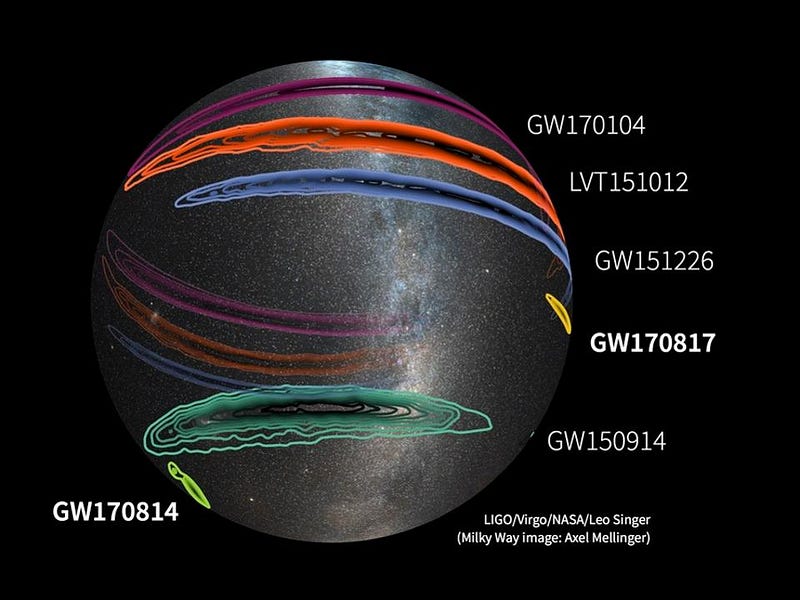
Based on the signals that did arrive at Livingston and Hanford, there was a large region of sky where the gravitational wave signal could have come from. What Virgo saw, however, was an extremely low-magnitude, low-significance signal. On its own, it wouldn’t have stood out against the background at all. But with the information from the other two observatories along with the fact that we knew how Virgo performed from a detection (of a black hole-black hole merger) just a few days prior we were able to determine that the signal must have originated from within Virgo’s blind spot! This gave a tremendous amount of localization information (far superior to Fermi’s), and was what enabled us to pinpoint the location of the merger: to the outskirts of NGC 4993.

If all we had done was look at the automated signals, we would have gotten just one “single-detector alert,” in the Hanford detector, while the other two detectors would have registered no event. We would have thrown it away, all because the orientation was such that there was no significant signal in Virgo, and a glitch caused the Livingston signal to be vetoed. If we left the signal-finding solely to algorithms and theoretical decisions, a 1-in-10,000 coincidence would have stopped us from finding this first-of-its-kind event. But we had scientists on the job: real, live, human scientists, and now we’ve confidently seen a multi-messenger signal, in gravitational waves and electromagnetic light, for the very first time.
Ethan Siegel is the author of Beyond the Galaxy and Treknology. You can pre-order his third book, currently in development: the Encyclopaedia Cosmologica.





